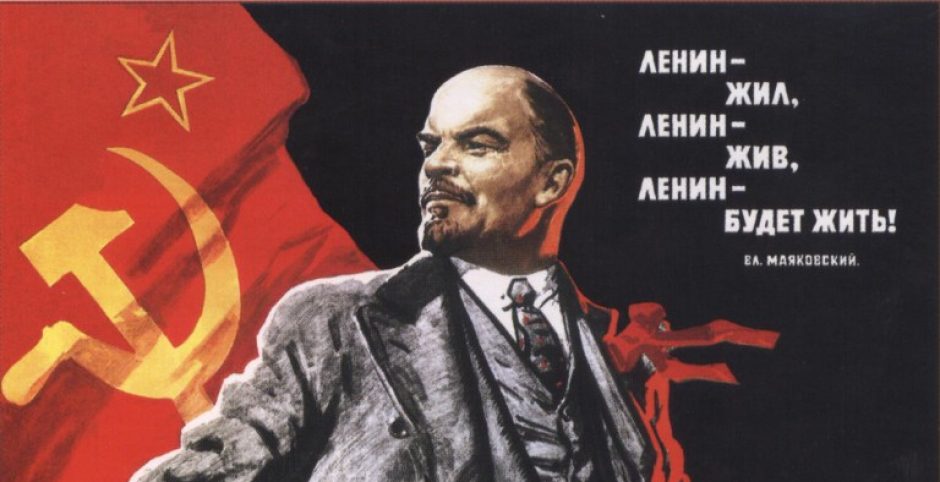I felt that evident in “The Captain’s Daughter” was a criticism of the alienation of social groups under Catherine, particularly ethnic groups. Pushkin frames his novel with multiple moments of extreme violence – first with the violent beating of the Bakshir, who was in the possession of “inflammatory leaflets,” by Ivan Kuzmich. The Bakshir is criticized for not having a “lick of Russian” and for wearing a “stupid stripy robe” (Pushkin 291). As Ivan beats the man, Pushkin describes him in a completely dehumanizing way, likening him to an animal. This gruesome depiction highlights the feeling of disdain that higher classes of Russian society had towards ethnic minorities, and the lack of cross-cultural understanding between them.
Further violence continues later on, this time against members of the privileged class. Significantly, it is the very Bakshir who was earlier beaten that hangs Ivan Kuzmich and Ivan Ignatyich. This violent reversal in power emphasizes the extreme social disharmony that exists in Russian society. Although Catherine sought theoretically to end serfdom and to create more social cohesion, it is clear that her ideals never played out – and in fact, social classes in Russia were more antagonized than ever. This makes evident why Pugachev was able to mobilize so many Cossaks – they were used to being mistreated by the elite classes and stigmatized within society. Pugachev harnessed their built up rage, and was able, for a time, to flip the power dynamic that existed between classes. Pushkin utilized the Pugachev rebellion as a narrative by which to make evident that under Catherine, social tensions were at their highest, contrary to her professed goals.
